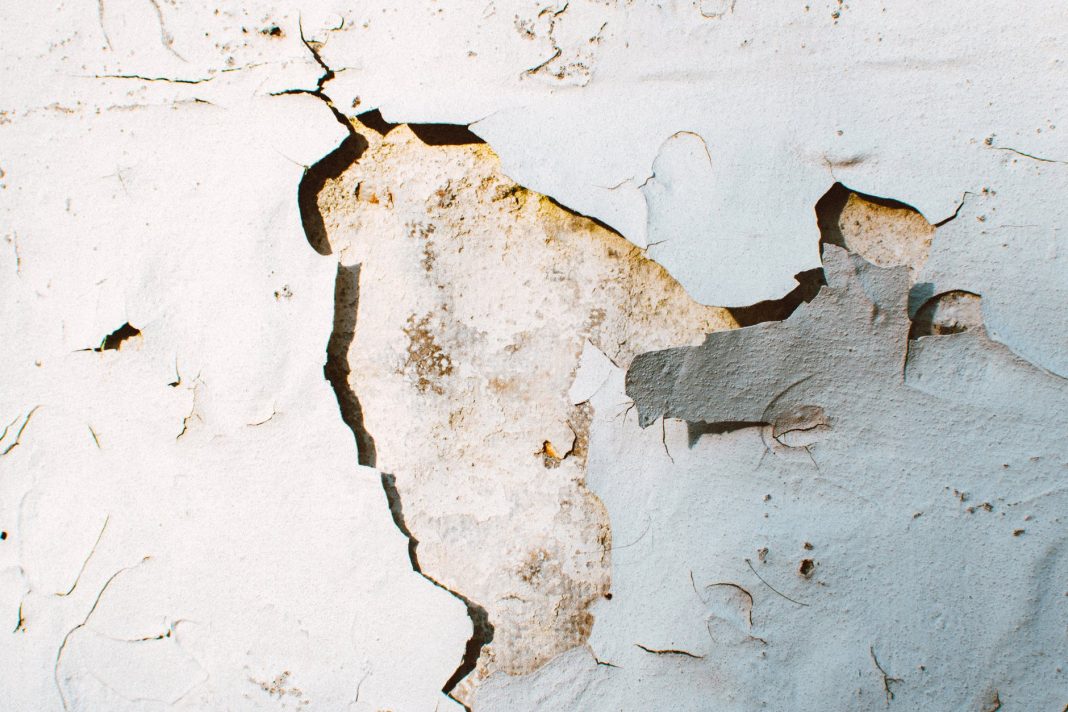Dents in your metal front door are as unsightly as cracks and holes in the drywall. They mar the smooth, clean surface you want to see in your home. They make the structure look aged, and they can worsen over time if not addressed. Whether you have gaps, dents or cracks, we’ll share a few easy fixes for your home. We’ll also share tips to help you know which method you should use to fix your home’s gaps, dents and cracks.
Repairing Dents in Metal Doors
Metal doors won’t hide dents and scratches like wood doors, but you can repair the damage. You’ll need a putty knife, sandpaper, primer, paint, and a patching compound or auto body filler. First, clean the door with detergent, rinsing and drying the area. Then sand the dented area with 80 grit sandpaper. Wipe the area before you apply the patching compound. Fill in the dent with patching compound using your putty knife. Sand the area smooth. Feather out the edge of the patch with 120 and 150 grit sandpaper so that it blends in with the door. Once the patch surface is even with the door’s surface, repaint the entire door to hide the repaired area.
Filling in Cracks
Drywall, plaster and concrete can all crack over time. Caulk can be used to fill in gaps and cracks along the door frame, skirting board and edge of shelves. Caulk shouldn’t be used to fill in holes in the middle of a wall. Very small cracks, especially in wood, can be filled in using paint. You only have to paint over the area a few times. In certain cases, expanding foam is ideal for filling and sealing gaps, especially if it is less than an inch across. Expanding foam will expand to fill in the crack and fill any voids. It both seals the crack and insulates the space.
Cracks more than a quarter inch deep are best filled with a filler compound and joint compound. When there are cracks in drywall, first cut a narrow notch along the crack. Vacuum out the loose material. Cover the cracked area with mesh joint tape or paper tape covered with a joint compound. The compound should extend about two inches past the end of the tape. Let it all dry. Apply another coat of joint compound, feathering it several inches on each side of the crack to help it blend in. Let everything dry overnight. Sand it gently until it is smooth. Now you can paint over the crack or apply wallpaper to the area.
Filling in Holes
Wood fillers can be used to fill in holes, as well. Two part fillers that have both a filler and chemical hardener are the better choice when the hole is larger than a nail head. You would fill in the hole, let the filler harden, and then sand smooth the surface. A side benefit of using this wood filler is that you don’t have to wait as long for it to dry as ready-mixed filler.
Plaster is suitable for large holes. It has the side benefit of being affordable. You may be able to sand it when dry so that it has a fine finish, but this depends on the type of plaster.
Conclusion
You don’t have to live with cracks, dents and gaps in your home. The average homeowner can seal and cover up small to mid-sized flaws themselves.





